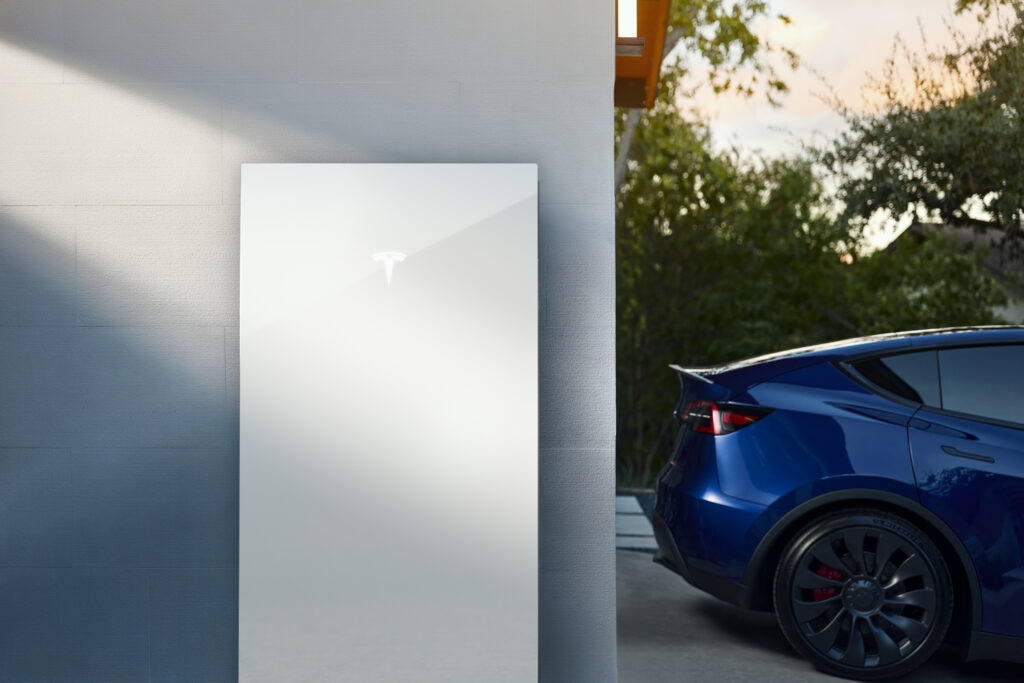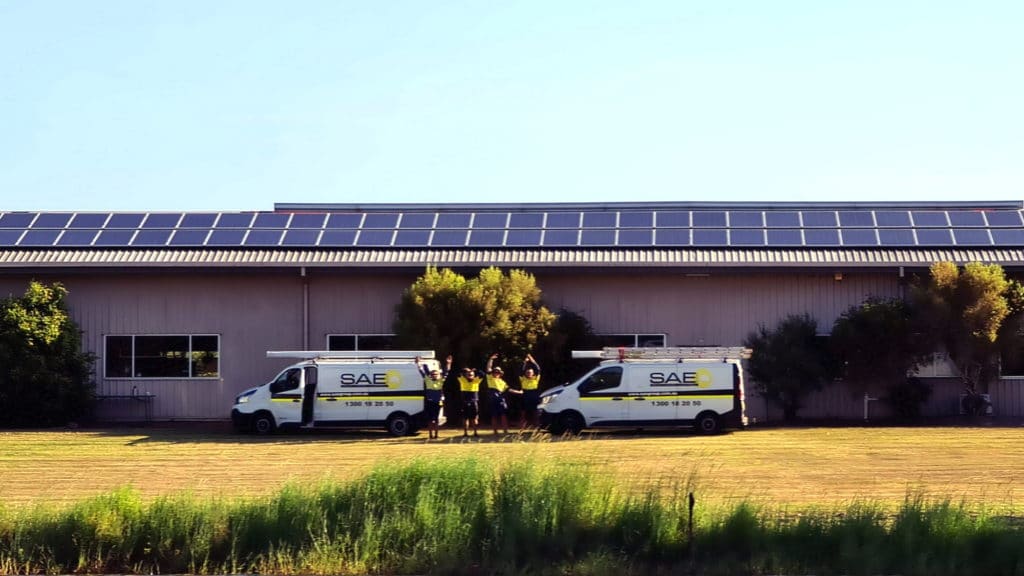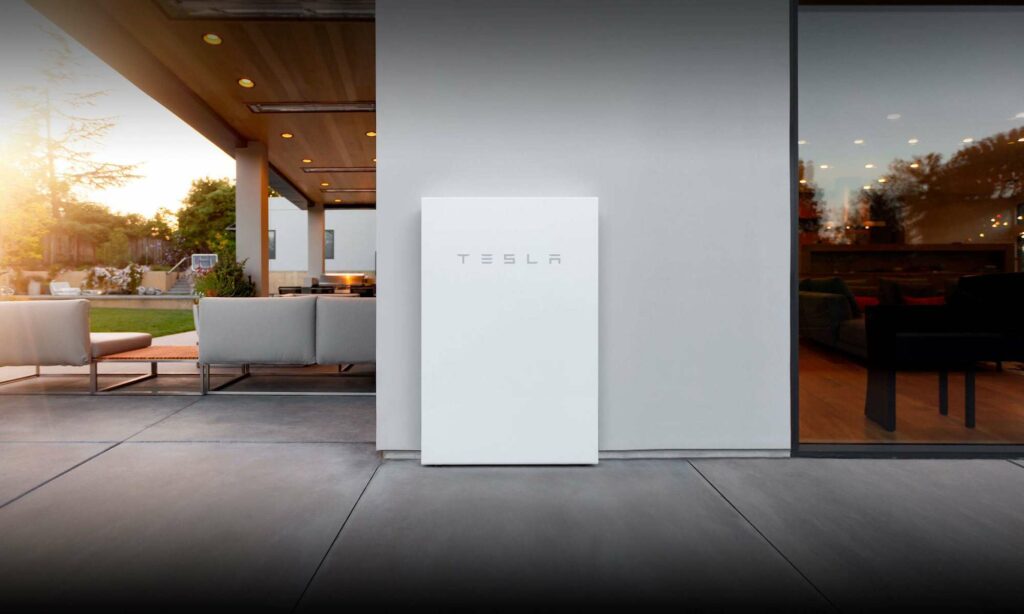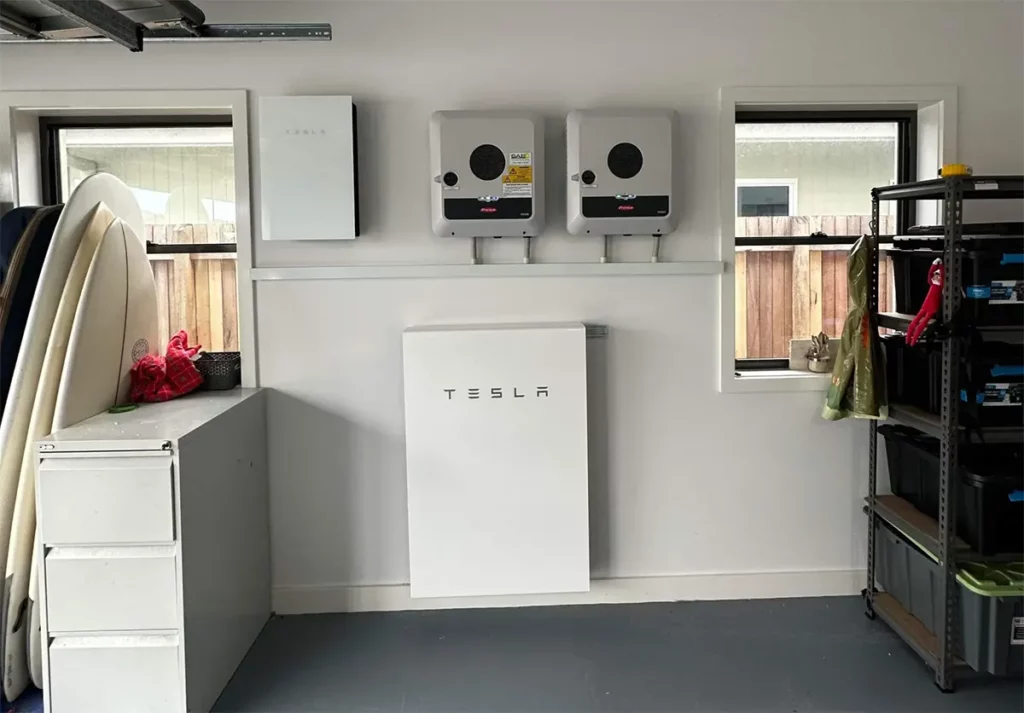The Truth About the Solar Rebate
Home » The Truth About the Solar Rebate

What is the Truth About the Solar Rebate?
When it comes to the “solar rebate”, there has been a lot of scaremongering in the news lately. The Abbott Government’s recent attacks on renewable energy have left most people are wondering what exactly is fact and fiction. So here are some facts.
The Abbott Government’s review on the Renewable Energy Target has passed, and the government has decided to keep the scheme in place until at least May 2017. However, just to keep things as confusing as mud, the current “Solar Rebate” for anyone buying a solar power system is called the STC program. STC stands for Small-scale Technology Certificate. The government however insists that this is not a “solar rebate”. According to the cleanenergyregulator.gov.au website, “Under the Small-scale Renewable Energy Scheme the reduction in the cost of your solar panel is not a rebate. You will not qualify for any Government-based financial recompense at the completion of any process relating to STCs.”
The solar rebate (read: Financial Incentive) subsidises the upfront cost of installing a solar power system and is not means tested in any way. Yes, it is a government-run scheme, using other people’s money as it forces other people to buy your certificates. In fact, the thousands of dollars you get off your solar system price (usually by assigning the rights to its STC certificates to your installer) does not actually come from the government. It is also important to remember this STC ‘rebate’ is very different to the Feed In Tariff (FiT). The FiT is a State Government subsidy in which some states pay you for the electricity that your solar system will export back into the electricity grid.

So the RET Scheme is safe until May 2017, again with all things political that really doesn’t mean much. At the time of writing the value of the rebate is currently $39.95. The STC price is a bit like a share price – it fluctuates on the open market depending on supply and demand. For example, when the solar industry is booming then the STC price drops and vice versa. By law, the STC price can have a value between $0 and $40, so $40 is the highest it can legally go. The higher the STC price, the more “solar rebate” you get.
At the moment solar power systems up to 100 kilowatts (kW) are eligible for STCs. However, the latest RET review had suggested that this be reduced to solar systems up to 10kW only. STCs are also based on the expected output of the solar power system over a 15-year period (although the systems supplied by SAE have a functional lifespan of up to 30 years). They are calculated at one STC = 1 megawatt-hour (MWh) of renewable energy. Also, systems installed in sunnier locations are eligible to a larger number of STC’s, while less sunny locations create fewer STC’s as it is assumed that they will produce more power.
As mentioned above, the amount of STC’s “solar rebate” you can claim depends on the current market price of an STC. At the current market price, the “solar rebate” is worth approximately $795 per kW installed. In times of high demand for solar panel installations, lots of STC’s are created. When supply of STC’s increases, the price of STC’s generally decreases. As an example, there was an increased demand for solar power installations when the government looked like it was serious about scrapping the rebate entirely a couple of years ago. This increased demand forced the price of STC’s to drop to $17.50 – over half of what it is now.
This means if you installed a 3kW system today, you would claim a “solar rebate” of $2,387 (3kW x $795 = $2,387). However, with the government changing the rules where they can, if demand for solar goes up and the STC price drops to $17.50 again, the ‘rebate’ falls to under $1,000 for the exact same system. That also equates to around $3,965 off a typical 5kW system, which is usually applied at the point of sale.
Don’t be fooled into thinking that the savings are safe until May 2017. Lock in the current high “solar rebate” now and significantly reduce the savings you can claim. Contact us today for the best prices on quality solar systems and lock in the existing ‘solar rebate’ before the rules are changed yet again.







